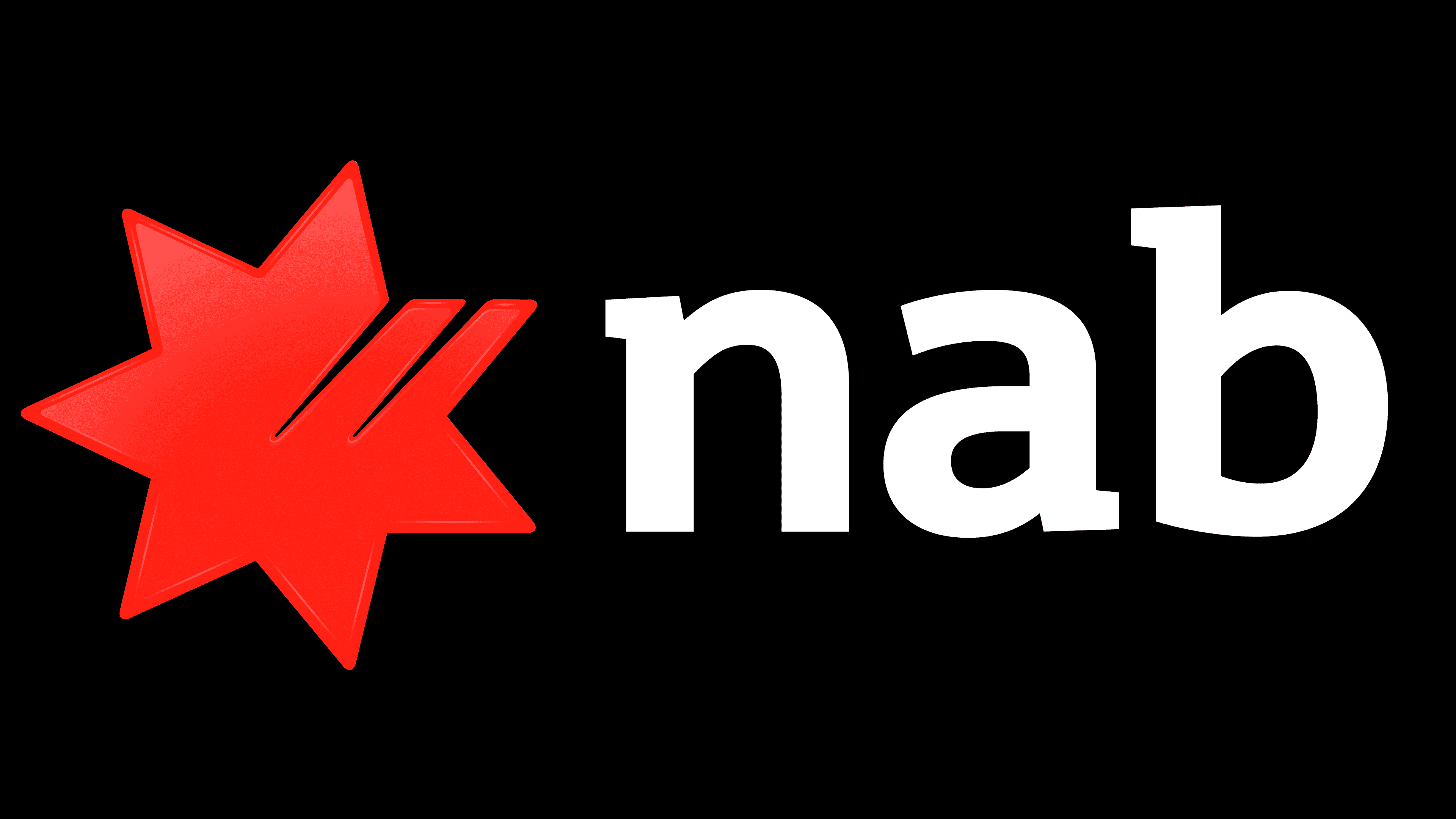
Spring is here, meaning a fresh selling season is well underway, and with it comes bountiful opportunities for mortgage brokers to harvest. As this season is expected to be a fruitful one, we examine the expectations for the property market and what brokers should be keeping an eye on.
Sponsored by NAB
A WORD FROM NAB
NAB understands that every loan matters because it has the potential to create a home, build a business or achieve a dream.
Our long-standing commitment to the broker channel means we’re uniquely positioned to provide brokers with the support they need to help their customers.
We believe working with brokers to provide tailored solutions is key to building strong relationships, and we strive to empower brokers with the tools they need for success. At NAB, we’re proud to be the bank behind the broker and this vision is at the centre of everything we do.
...................................................................................................................................................................................................................................................
The spring selling season is here and is bringing a sense that the property market is coming up roses. But what a difference a few months make. After the Reserve Bank of Australia (RBA) began raising interest rates in May 2022, Australian housing values went through a record decline, falling by 9.1 per cent between May 2022 and February 2023, according to property data and analytics provider CoreLogic.
Tim Lawless, CoreLogic’s executive research director, has attributed this drop in housing values to the unprecedented skyrocketing of interest rates, which rose by 325 basis points over the same time period.
Writing in National Australia Bank’s (NAB) and CoreLogic’s First Half Property Update 2023, Mr Lawless says there were also other factors at play, including housing affordability constraints, a trend in lowering consumer sentiment, and COVID-19 related fiscal support expiring.
But while property values and sentiment were low at the beginning of the year, the market has surprised many, with property prices and demand continuing to rise. After bottoming out in February, CoreLogic’s latest national Home Value Index (HVI) shows that values had risen by 4.9 per cent in the six months to August 2023, adding approximately $34,301 to the median dwelling value.
This is despite the fact that the official cash rate had continued to rise, moving by a further 75 basis points between March and August to 4.1 per cent.
The current blossoming of the property market is, however, “quite different” to earlier growth cycles, Mr Lawless explains. These earlier growth cycles have typically been predicated by policy changes including loosening monetary policy, and more access to fiscal stimulus such as first home buyer incentives.
“Growth in housing values has been occurring in the absence of these factors and is attributable to low available housing supply running up against rising housing demand,” Mr Lawless says.
The combined value of Australian housing rebounded to $10 trillion at the end of August, according to CoreLogic, the first time the total estimated value hit double digits since June 2022.
The winter season had actually resulted in home values rising by 2.5 per cent, meaning home values were down just 1.1 per cent annually.
The recovery has wiped out around half of the preceding downturn between April 2022 and February 2023 and home values are now just 4.6 per cent down from the April 2022 peak.
Dwelling values across the combined capitals rose 1.0 per cent in August, according to CoreLogic, up from a 0.8 per cent lift in July. Monthly increases across the combined capitals surpassed a 0.1 per cent lift in the combined regional market over the month, too.
Speaking to The Adviser, NAB executive, broker distribution, Adam Brown, elaborates: “The lift in housing values coincides with a trend towards smaller households, a boom in net overseas migration, and migrants fast-tracking their home buying plans due to tight rental markets – these factors combined are creating strong competition among home buyers.”
Mr Brown adds that although sellers had been returning to the property market in winter, the supply of advertised properties has been “below average”, with the increase in supply still not meeting demand as buyers fervently compete for homes.
As expected, spring has already delivered an uptick in auction clearance rates so far, with figures also indicating that there may be more momentum in housing stock on the market.
In fact, the week ending 17 September was the busiest auction market in the capitals since early April and the third busiest of the year to date. More properties have also been coming to auction, easing the supply constraints, with more than 2,000 properties being put up for sale in the first few weeks of spring.
“At the other end of the scale, some other capital cities are better described as flat, with Hobart home values unchanged since stabilising in April, while values across the ACT have risen only mildly, up 1.0 per cent since a trough in April,” CoreLogic’s Mr Lawless says.
“These are also the only two capital cities where advertised supply is tracking higher than a year ago, suggesting a rebalancing between buyers and sellers is a key factor contributing to the stability of values in these regions,” he continues.
The outlook for residential property
The recovery in the housing market has been germinating over the past six months, and with spring now here – alongside a growing expectation that the cash rate may soon reach its peak – sentiment is starting to turn positive again for home buyers.
While some economists believe that the cash rate hit its peak at 4.1 per cent, NAB Group chief economist Alan Oster predicts there will be one final 0.25 basis point rise in November, bringing the cash rate up to 4.35 per cent before starting to reduce next year.
“Lower interest rates will give both buyers and sellers more confidence to act, which is likely to create a more buoyant property market across all buyer types,” Mr Brown notes.
Moreover, Mr Lawless says strong employment figures were not only helping buoy buyer appetite but also protected those with a mortgage from being forced to have to sell their homes.
“With the unemployment rate expected to remain well below the long run average, most borrowers should be able to maintain their mortgage repayments, albeit with some pull back in discretionary spending and further depletion of savings,” Mr Lawless says.
But inventory levels are still well below where they need to be, placing upwards pressure on housing prices.
The latest data on overseas migration released by the Australian Bureau of Statistics (ABS) revealed that Australia’s population grew by 2.2 per cent to 26.5 million people in the 12 months to 31 March this year.
After international borders were re-opened following COVID-19 lockdowns, net overseas migration accounted for 81 per cent of growth and added 454,400 people to the population in the year to March 2023.
Compounding this is the fact that the pipeline of approved housing supply sits around decade lows and continues to trend lower, setting up the housing sector for an undersupply of newly built homes over the medium term.
Even while the government’s new Housing Australia Future Fund – a $10 billion fund aimed at bringing online more social and affordable housing – the National Housing Finance and Investment Corporation (NHFIC) is forecasting Australia’s housing sector will be undersupplied by around 175,000 dwellings by 2027.
Mr Lawless notes that – when coupled with the surge in population growth – this should “keep a floor under housing values.”
Pockets of opportunity
Refinancing activity continues to keep the mortgage industry busy, with activity hitting a new record high of $21.5 billion in July, 21.8 per cent higher than at the same time last year, according to ABS figures.
Before the pandemic brought in record-low interest rates, the typical value of refinancing sat below $10 billion but owner-occupier refinancing rose to a new high of $14.6 billion in July while investor refinancing rose 6.5 per cent to $7 billion.
The spring season will continue to see inflated levels of refinancing, Mr Brown suggests.
“Refinancing is still very strong with people looking for the best deal in a higher rate environment and looking to find savings against a backdrop of rising costs of living.”
He says the refinancing market will continue to dominate into the new year with customers continuing to come off their super-low fixed rates. Given the changing repayment and servicing conditions, borrowers are turning to brokers in their droves for help.
“NAB is very focused on the refinance market, especially retention of existing customers, but also on attracting new customers.”
“We are focused on being as proactive as possible in supporting brokers and their customers through this period,” he adds, highlighting that more than 60 per cent of drawdowns originate from the broker channel.
But there is also more positive sentiment for some first home buyers and investors.
Mr Brown explains that property value decreases in 2022 and early 2023 helped reduce the time needed to save a deposit for an entry-priced house by about six-months, while the time to save for an entry-priced unit reduced by about two months compared to the same time a year earlier, according to the 2023 Domain First-Home Buyer Report.
The expansion of the First Home Guarantee, which now allows friends, siblings and other family members to apply together on joint applications when borrowing through a participating lender, will also help support a growing trend for younger people to “pool their resources to buy properties with friends, siblings and other family members,” he adds.
“First home buyers need extra support in navigating the market and brokers are well positioned to provide this guidance.
“Investors are [also] recognising the need for more rentals in capital cities and immigration opening up, which will drive long-term returns in investment property.”
“Banks are continuing to review policies to help [other] borrowers, such as self-employed, access funding.
“As the bank behind the broker, NAB is open for business with competitive pricing and offers for every customer in market.”
 Login
Login











JOIN THE DISCUSSION